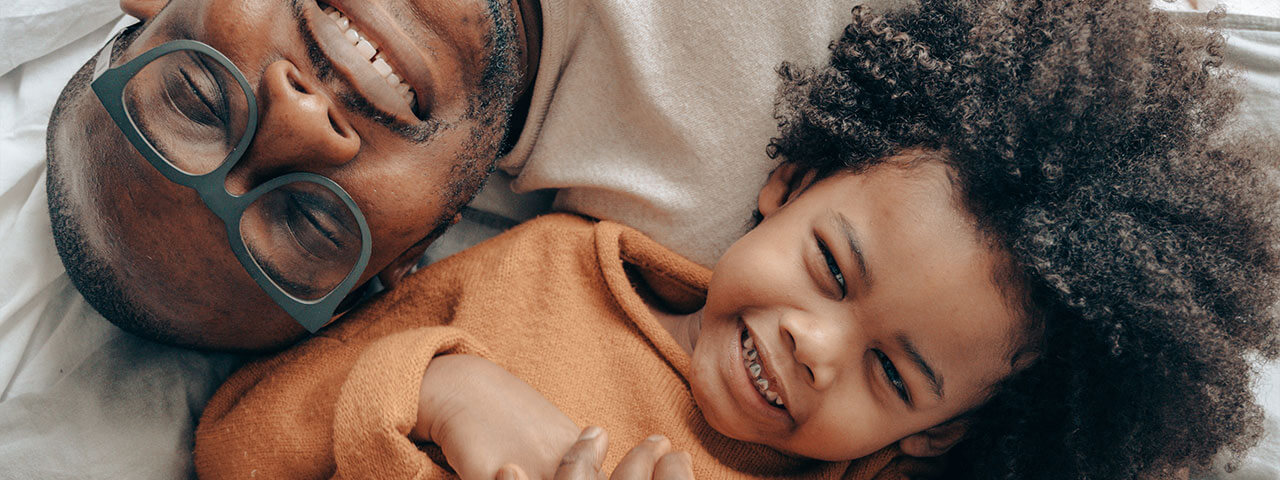Which of the Following Reflexes if Not Integrated May Interfere With Feeding

Looking to find Retained Primitive Therapy & Treatment?
We offer remote therapy services for primitive reflexes, so feel free to give us a call or fill out our online form.
Whether you' re local to us or international, we're happy to help.
Retained Primitive Reflexes and Vision
Retained primitive reflexes can result from a problem at birth or during those first few months of life. They can be noticed from something seemingly minor, like being slow to crawl, to something more severe, like a head injury or fall.
In reality, these slight movements are signs of a healthy newborn. In the course of a baby's development, children should lose these basic primitive reflexes and no longer display them after 5-7 months.
 Primitive reflexes are the beginning of a baby's brain development that should only remain active for the first few months of their life. Retained primitive reflexes can be caused by an issue during the birth process. If there has been a traumatic birth experience or birth by c-section, this may lead to retained reflexes. Additionally, retained primitive reflexes can be caused by falls, traumas, lack of tummy time, delayed or skipped crawling, chronic ear infections, head trauma, and vertebral subluxation.
Primitive reflexes are the beginning of a baby's brain development that should only remain active for the first few months of their life. Retained primitive reflexes can be caused by an issue during the birth process. If there has been a traumatic birth experience or birth by c-section, this may lead to retained reflexes. Additionally, retained primitive reflexes can be caused by falls, traumas, lack of tummy time, delayed or skipped crawling, chronic ear infections, head trauma, and vertebral subluxation.
When primitive reflexes have not integrated within the appropriate time frame, it is very important to revisit the development stages that were missed. These activities can actually rebuild the foundation and create a new neural pathway.
What Are Primitive Reflexes?
Primitive reflexes are automatic/involuntary movements fundamental for the development of muscle tone, sensory integration, head control and overall development. As a baby grows, these primitive reflexes will slowly disappear as the infant's brain develops and matures and the infant's movements become more voluntary and controlled.
Movement is crucial for the infant's brain to integrate the primitive reflexes. Vision and movement go hand-in-hand in the integration of primitive reflexes allowing the infant to move through their world as they develop through the early childhood stages of life. From gross motor to fine motor to oculomotor movements, each stage of development is affected by the integration of primitive reflexes.
What Causes Primitive Reflexes To Be Retained?
There are many reasons which may contribute to primitive reflexes being retained or 'active'.
Retained primitive reflexes may be the result of:
- Stress of the mother and/or baby during pregnancy
- Lack of movement in utero
- Restricted body movements, such as the infant spending extended time in car seats, carriers, walkers or jumpers
- Illness, injury, trauma, chronic stress
- Other developmental delays
Reflexes that are integrated may become reactivated later due to trauma, injury, illness, or stress.
It is important to address these missing developmental stages when primitive reflexes are not integrated. Fortunately, there are ways to retrain and assess the brain with the use of vision therapy, which ultimately creates the neural pathways necessary to integrate them.
Vision Therapy and Primitive Reflexes
Although there are many primitive reflexes, vision therapy programs focus on five reflexes that affect the development of the visual system.
Moro Reflex
Moro reflex is the earliest primitive reflex. It affects vestibular, ocular, motor and visual perceptual skills.
Symptoms include:
- Exaggerated startle reflex
- Motion sickness
- Eye movement and visual processing problems
- Poor coordination
- Poor balance
- Light sensitivity
- Frequent infections
- Inner ear problems
- Allergies
- Poor stamina
- Difficulty with black print on white paper
- Tense muscle tone
- Poor auditory discrimination
- Biochemical and nutritional imbalances
- Often in "Fight or Flight" mode
- Hyperactivity
- Low self-esteem
Tonic Labyrinthine Reflex (TLR)
TLR affects ocular, motor, balance, muscle tone and auditory discrimination.
Symptoms include:
- Poor posture and/or stooping
- Weak muscle tone
- Stiff or jerky movements
- Toe walking
- Dislike of sports
- Eye movement, spatial and visual perceptual problems
- Motion sickness
- Poor balance
- Poor organization skills
- Poor sequencing skills
- Poor coordination
- Poor sense of time
- Fear of heights
Symmetrical Tonic Neck Reflex (STNR)
STNR affects fixation, focusing from far to near and crossing midline.
Symptoms include:
- Poor posture
- Difficulty catching and/or tracking a ball
- Poor depth perception and balance
- Difficulty swimming
- Poor hand-eye coordination
- Messy eating
- Difficulties with adjusting focus from far to near
- Poor swimming skills
- Learning problems
- Difficulty aligning numbers for math problems
- Difficulty recognizing social cues
- ADD/ADHD characteristics
- Anchors feet behind chair while sitting
- "W" position when sitting on the floor
Asymmetrical Tonic Neck Reflex (ATNR)
ATNR affects midline issues, eye tracking, balance, handwriting and laterality.
Symptoms include:
- Poor balance when moving head side to side
- Focusing problems (especially when switching from near to distance)
- Difficulty keeping place when copying
- Difficulty learning to ride a bicycle
- Difficulty crossing the midline
- Poor pursuits (smooth eye movements)
- Mixed laterality (uses right foot, left hand or uses right or left hand interchangeably)
- Poor expression of ideas on paper
- Difficulty catching a ball
- Poor handwriting
- ADD/ADHD characteristics
Spinal Galant Reflex
Spinal Galant reflex affects the ability to sit still, short-term memory, concentration problems and can lead to bedwetting.
Symptoms include:
- Bedwetting
- Fidgety or wiggly (especially when sitting)
- Sensory issues with food texture or tags or waistbands in clothing
- Poor short-term memory
- Poor concentration
- ADHD characteristics
How Does Vision Therapy Help?
We are proud to assist your child with a primitive reflex integration program. This will involve the specific movements and patterns that make it possible to retrain their brain, and control the center for the reflexes. By using rhythmic movement training techniques that imitate the movements of an infant in development, patients are able to integrate these retained reflexes. These repetitive motions develop the reflexes and gradually help develop the front and visual cortex of the brain.
Once these reflexes are integrated by the body, many behavioral issues affected by retained primitive reflexes become resolved. Since, vision is directly linked with the brain and is affected when our brains do not develop correctly, it is important to address the issue. By addressing these reflexes, a vision therapy program provides a comprehensive approach to resolving these problems.
When you do not treat your child for retained primitive reflexes, it can lead to impulsivity, hyperactivity, aggression, developmental delays, anxiety, fear, poor academic performance, and poor intellectual development.
Our practice will work with your child carefully. We are a practice that cares for each patient that comes through our doors. Our entire staff is great with children and will create a calming environment for them.
If you have any questions regarding retained primitive reflexes or would like to schedule an appointment, contact us today at (440) 230-0923. We look forward to assisting you!
The Vision Development Team serves patients from North Royalton, Beachwood, Cleveland and Akron, all throughout Ohio.
-
Patti Andrich explains about the importance of reflexes and how it can interfere with a child's social and academic growth.
-
Discover what are the five most important steps within primitive reflexes.
Source: https://www.sensoryfocus.com/eye-care-services/retained-primitive-reflexes/
0 Response to "Which of the Following Reflexes if Not Integrated May Interfere With Feeding"
Post a Comment